Faster
reflexes.
Every
competitor
wants
them.
Every
coach
preaches
about
them.
That
half-second
response
can
elevate
a
moment
of
glory
or
spark
a
painful
defeat.
Imagine
a
champion
sprinter
launching
off
the
blocks
with
razor-sharp
alertness,
or
a
soccer
goalie
leaping
across
the
net
in
the
blink
of
an
eye.
Looks
effortless,
right?
Plenty
of
research
points
toward
specific
strategies
that
help
countless
pros
move
in
less
time
than
it
takes
to
blink.
Feel
free
to
hang
on
to
the
idea
that
it’s
just
good
genes.
For
those
who
suspect
hard
work
might
be
involved,
an
array
of
methods
can
be
adopted
to
speed
up
reaction
time.
Before
rolling
eyes
and
moaning
about
the
effort,
let’s
explore
a
handful
of
proven
approaches
that
real
athletes
rely
on.
The
Core
of
Reaction
Time
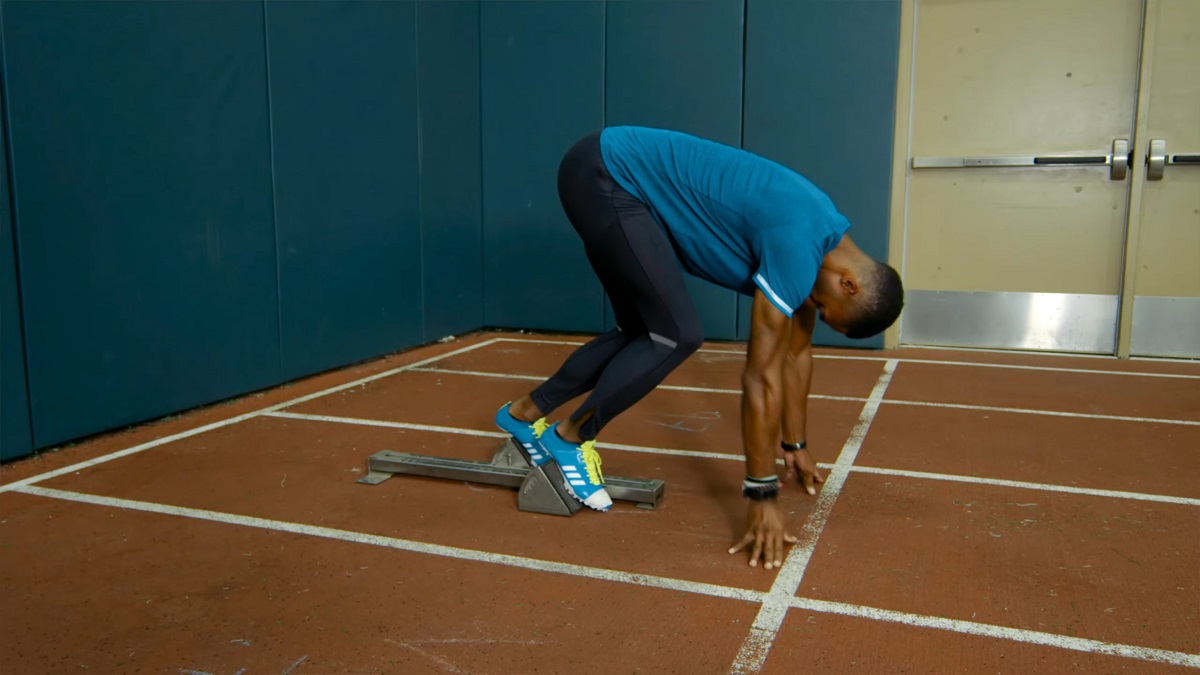
Quick
reflexes
separate
winners
from
near-misses|YouTube
Screenshot/Outperform
A
quick
reflex
stands
as
a
cornerstone
for
sprinters,
fencers,
baseball
hitters,
goalkeepers,
and
so
many
others.
Let’s
face
it,
nobody
wants
to
hear,
“Hey,
you
were
an
inch
too
slow!”
after
a
big
tournament.
Genetics
play
a
part,
without
a
doubt,
but
training
often
closes
the
gap
between
average
performance
and
superstar
status.
A
Faster
Response
Equates
to:
-
More
successful
blocks,
saves,
and
hits. -
Reduced
chance
of
collisions
or
injuries,
which
is
especially
important
since
some
injuries
can
lead
to
prolonged
recovery
periods,
sometimes
lasting
years.
For
more
on
this,
check
out
the
full
article
on
sports
injuries
and
their
long-term
impact. -
Improved
confidence
under
high-pressure
conditions.
All
that
from
shaving
off
a
few
fractions
of
a
second.
It’s
nearly
magical,
except
it’s
not
magic
at
all.
It’s
practice,
sweat,
mental
focus,
and
a
healthy
dose
of
repetition.
Techniques
For
Faster
Reflexes
Momentum
toward
better
reaction
time
rarely
emerges
from
a
single
drill.
Multiple
components
of
the
body
and
mind
must
coordinate,
which
means
diverse
methods
can
be
used.
Some
focus
on
muscle
power,
and
others
on
cognitive
processing.
Often,
the
best
approach
involves
picking
two
or
three
strategies
and
rotating
them.
Feeling
skeptical?
That’s
perfectly
fine.
Eye-rolling
at
new
training
regimens
is
practically
a
professional
sport
these
days.
Still,
consider
reading
on,
since
ignoring
genuine
results
might
be
a
tad
shortsighted.
Plyometric
Training
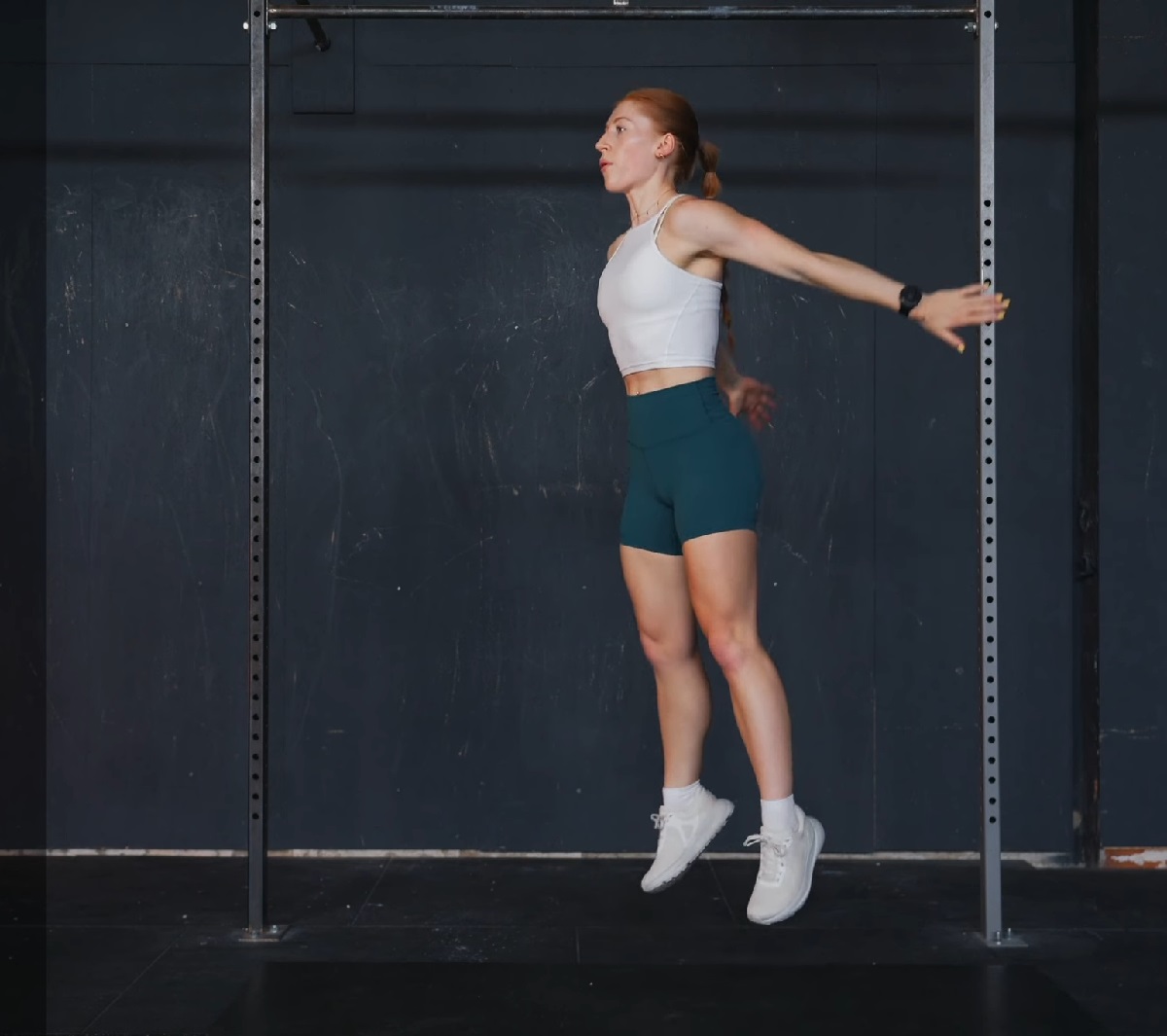
Explosive
jumps
train
muscles
for
rapid
response|YouTube
Screenshot/julia.reppel
Also
known
as
“jump
training”,
this
approach
features
exercises
like
squat
jumps,
box
jumps,
and
burpees.
The
objective
is
maximum
force
in
tiny
intervals.
Here’s
the
comedic
twist:
jump
training
can
be
downright
exhausting,
and
anyone
who
claims
otherwise
is
probably
lying
or
has
only
tried
it
once.
Why
It
Helps
-
Muscles
adapt
to
speed-oriented
firing
patterns. -
Explosive
power
becomes
more
accessible
under
stress. -
Athletic
performance
benefits
from
better
overall
agility.
Who
doesn’t
love
combining
exhaustion
with
the
promise
of
improved
speed?
Many
coaches
stand
by
plyometrics
because
the
routine
trains
the
muscles
to
contract
more
efficiently,
thereby
cutting
down
reaction
time
during
quick
movements.
Digital
Reaction
Drills
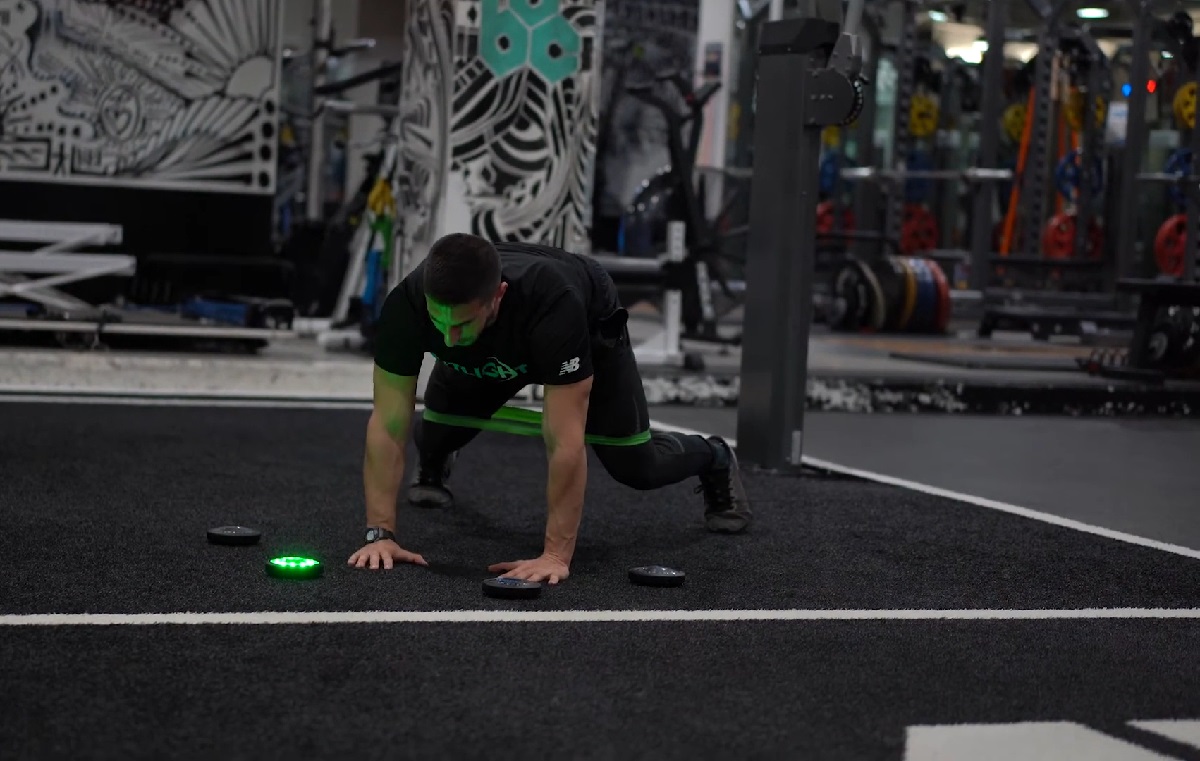
Steady
focus
improves
precision
under
pressure|YouTube
Screenshot/FITLIGHT®
Gone
are
the
days
of
old-school
beep
tests
and
guesswork.
Modern
athletes
use
systems
like
FITLIGHT,
where
lights
flash
randomly,
and
the
goal
is
to
tap
them
out
of
existence
with
the
speed
of
a
caffeinated
hummingbird.
Big
Benefits
-
Strengthens
hand-eye
coordination. -
Improves
cognitive
processing
speed
under
surprise
stimuli. -
Allows
for
playful
competition
among
teammates.
For
an
outsider,
it
might
look
like
an
expensive
disco
or
a
futuristic
carnival
game.
Yet,
the
outcomes
can
be
dramatic
when
practiced
regularly.
Quiet
Eye
Practice
A
steady
gaze
before
initiating
a
movement.
That’s
the
essence
of
this
surprisingly
sophisticated
approach.
Picture
a
basketball
player
at
the
free-throw
line.
Just
before
the
shot,
the
focus
locks
in
on
the
hoop—no
wandering
eyes,
no
last-second
glances
at
the
scoreboard.
That
unwavering
look
can
prime
the
mind
to
respond
promptly.
Why
Adopt
It
-
Sharpens
concentration
by
eliminating
distractions. -
Encourages
a
calm
mindset,
even
under
intense
pressure. -
Helps
the
brain
anticipate
movements
more
effectively.
Plenty
of
research
indicates
that
athletes
who
stick
to
this
method
see
tangible
improvements.
Maybe
it
appears
too
simple.
Then
again,
ignoring
the
value
of
focus
and
letting
the
mind
drift
off
is
a
time-tested
way
to
sabotage
performance.
Sleep
Quality
Experts
love
to
drone
on
about
eight-hour
sleep
schedules,
and
professional
sports
teams
hire
consultants
to
tweak
an
athlete’s
bedtime.
It’s
either
that
or
downing
barrels
of
energy
drinks
and
hoping
for
the
best.
An
Indian
Olympic
squad,
aiming
to
shine
in
Paris,
went
as
far
as
hiring
a
sleep
therapist.
The
rationale?
Better
rest
leads
to
sharper
reflexes
and
improved
mental
acuity.
A
Well-Rounded
Sleep
Pattern
Can:
-
Enhance
cognitive
function
and
decision-making
speed. -
Encourage
faster
muscle
recovery. -
Promote
emotional
stability
(helpful
when
yelling
at
referees
isn’t
allowed).
Skipping
rest
might
keep
an
athlete
awake
for
extra
practice
sessions,
but
compromised
reaction
time
is
the
usual
price.
Brilliance
on
the
field
is
rarely
born
from
stifled
yawns.
Virtual
Reality
Simulations
A
lucky
few
step
into
a
futuristic
lab
and
strap
on
a
headset.
Then,
real-world
match
situations
appear—minus
the
risk
of
actual
collisions
or
injuries.
Platforms
like
Rezzil,
originally
popularized
in
soccer,
do
wonders
for
training
the
brain
to
process
information
and
act
quickly.
Key
Advantages
-
Provides
immersive
repetition
of
game
scenarios. -
Stimulates
strategic
thinking
under
time
pressure. -
Eliminates
the
need
for
a
crowded
field
or
a
full
team
to
run
drills.
Skeptics
might
grumble
about
technology
diluting
the
purity
of
sport.
Maybe
they’re
right,
or
maybe
they’d
prefer
to
preserve
slow
reflexes
just
for
nostalgia’s
sake.
Proprioceptive
Workouts
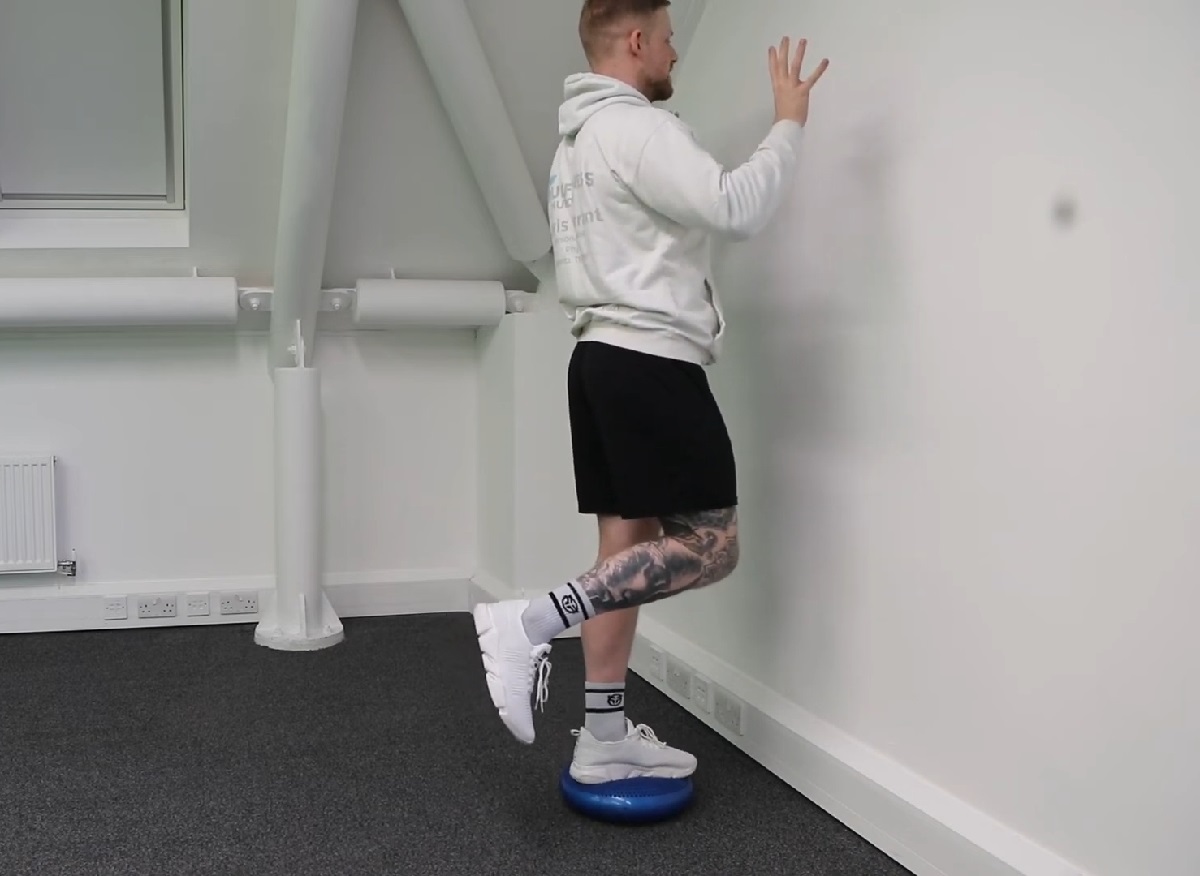
Balance
and
coordination
fuel
faster
movements|YouTube
Screenshot/Travis
Tarrant
Balance,
coordination,
body
awareness—that’s
the
trifecta.
“Sixth
sense”
is
the
phrase
commonly
applied
to
the
body’s
sense
of
position.
Agility
ladders,
balance
boards,
and
stability
balls
push
athletes
to
challenge
that
sense.
Many
folks
discover
that
standing
on
an
unstable
surface
for
30
seconds
isn’t
so
easy,
but
it
does
wonders
for
reaction
speed
when
shifting
and
adjusting
is
required.
Common
Proprioceptive
Exercises
Include:
-
Single-leg
balance
on
a
wobble
board. -
Agility
ladder
sprints
with
directional
changes. -
Stability
ball
push-ups
that
can
lead
to
comedic
moments
in
the
gym.
Falling
on
one’s
face
is
a
real
possibility.
It’s
also
a
chance
to
strengthen
neural
pathways
that
govern
swift
body
adjustments.
A
little
public
embarrassment
might
be
a
worthy
trade
for
cat-like
reflexes
on
game
day.
Hand-Eye
Coordination
Routines
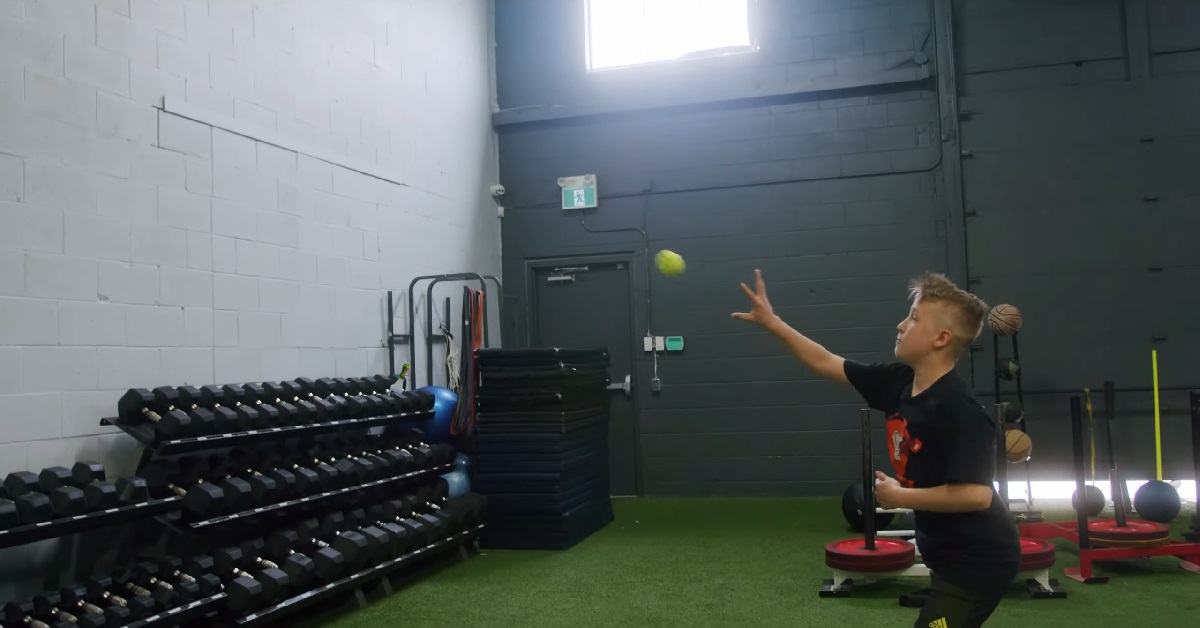
Better
vision
control
leads
to
quicker
reactions|YouTube
Screenshot/MOTIV8
Sports
Academy
Throw
a
juggling
sequence
into
daily
workouts.
Swing
a
ping-pong
paddle
now
and
then.
Bounce
a
reaction
ball
around
just
to
keep
the
eyes
guessing.
There
are
numerous
ways
to
push
coordination
skills
forward.
Visual
clarity
plays
a
crucial
role
in
these
exercises,
and
for
those
seeking
to
enhance
it,
consulting
with
two
of
the
top
LASIK
surgeons
in
Houston
can
be
a
pivotal
step
in
improving
hand-eye
coordination
exercises
and
overall
vision
health.
Skilled
athletes
in
boxing,
baseball,
tennis—basically
anywhere
an
object
is
zooming
through
space—know
the
importance
of
well-trained
ocular
reflexes.
Practical
Routines
Might
Include:
-
Juggling
scarves
or
balls
in
increasing
amounts. -
Wall-ball
drills
where
the
bounce
path
is
irregular. -
Rapid
table
tennis
rallies
with
a
partner.
Yes,
it
can
feel
silly.
No,
your
neighbors
probably
won’t
volunteer
to
watch.
Yet
those
steps
can
create
a
big
payoff
during
a
match
when
your
hands
react
faster
than
your
mind
can
rationalize.
Credit
the
training,
or
brag
about
natural
brilliance—it’s
all
fair
game.
Mental
Imagery
Picture
a
moment
of
peak
performance.
Mentally
rehearse
the
response
to
a
starting
gun,
the
perfect
jab
in
boxing,
or
the
penalty
kick
aimed
straight
at
the
net’s
corner.
That
mental
practice
primes
neural
pathways.
Some
coaches
insist
athletes
dedicate
time
daily
to
go
through
the
scenarios.
The
method
doesn’t
require
fancy
equipment,
but
it
does
require
concentration.
Positive
Outcomes
-
Heightened
mental
readiness
for
real
situations. -
Reduced
anxiety,
which
often
crushes
reaction
speed. -
Reinforced
muscle
memory,
even
though
no
actual
movement
is
performed.
Skeptics
might
call
it
daydreaming.
Perhaps
that
label
is
accurate,
but
when
the
scoreboard
reflects
an
advantage,
the
daydreamer
has
the
last
laugh.
If
you’re
curious
about
the
mental
battles
athletes
face
during
injury
recovery,
check
out
this
article
on
mental
battles
of
injury
recovery.
Agility
Drills
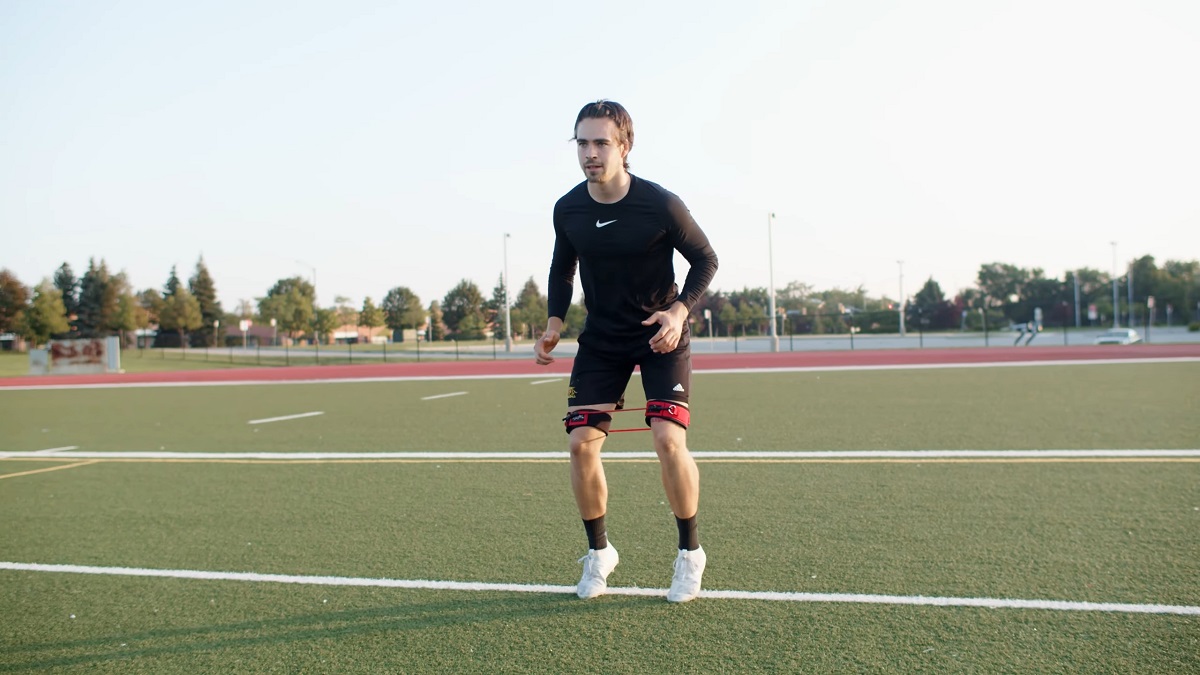
Quick
footwork
sharpens
reaction
speed|YouTube
Screenshot/Pierre’s
Elite
Performance
Cones,
ladders,
side
shuffles—old-school
methods
that
remain
popular
for
good
reason.
Quick
changes
in
direction
force
the
body
to
adapt
instantly.
Shuffling
through
a
ladder
at
speed,
cutting
corners
around
cones,
or
alternating
forward-backward
movements
keeps
the
nervous
system
on
alert.
Potential
Benefits
-
Better
ability
to
pivot
quickly
in
a
game. -
Stronger
footwork
and
spatial
awareness. -
Foundation
for
stable
yet
explosive
movement
patterns.
Hints
for
Building
a
Comprehensive
Training
Routine
Combining
multiple
methods
often
produces
the
best
outcome.
One
approach
might
focus
on
the
mental
aspect,
while
another
addresses
explosive
power.
A
routine
that
blends
them
all
can
be
as
elaborate
or
bare-bones
as
desired,
so
long
as
it’s
done
consistently.
At
the
risk
of
sounding
like
every
self-help
guru
out
there,
variety
does
keep
motivation
alive.
Consider
a
Weekly
Schedule
Аlong
Тhese
Lines
-
Monday:
Plyometric
circuit
+
quick
hand-eye
drills. -
Wednesday:
VR
training
session
+
agility
ladder. -
Friday:
Proprioceptive
routines
+
mental
imagery. -
Weekend:
Sleep.
Seriously,
get
more
rest
than
usual.
Some
prefer
to
add
or
replace
a
day
with
digital
reaction
lights.
Others
might
swap
out
the
VR
simulation
for
team
scrimmages
if
that’s
more
accessible.
The
main
point:
a
targeted
plan
addresses
both
physical
and
cognitive
aspects
of
reaction
time.
Wrapping
Up
Reflexes
operate
at
lightning
speeds
that
can
define
sporting
success.
A
blend
of
technology,
good
old-fashioned
sweat,
and
mental
conditioning
can
refine
those
valuable
fractions
of
a
second.
Training
routines
need
not
be
rocket
science,
and
coaches
around
the
world
have
tested
them
for
decades.
Plenty
of
athletes
who
once
lagged
behind
their
peers
now
lead
the
pack
because
they
dedicated
time
and
energy
to
reflex
enhancement.